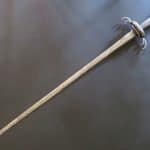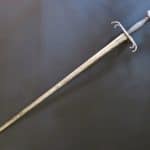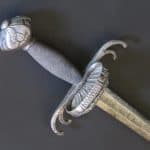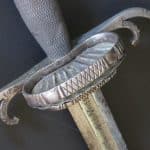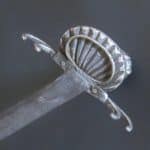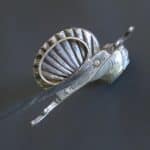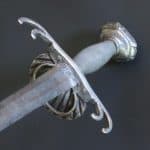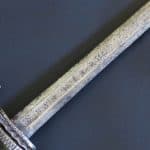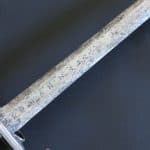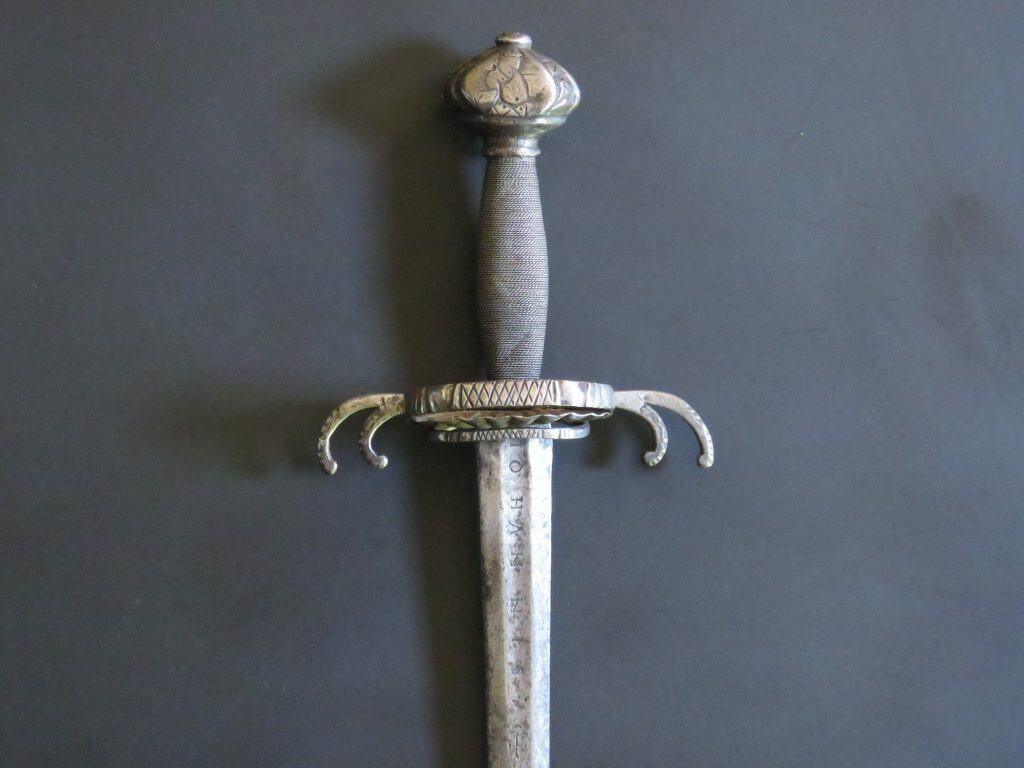
Early 17th Century Italian “Crab” Hilted Sword / Rapier
To enquire about this itemplease click here
Price: £2,200
Ref: 52102331
Item Description
A representative and nicely balanced example of the distinctive Italian “crab” hilted sword dating to circa 1610–1640. The hilt is so called because the double drooping quillons seen from the front or back resemble the splayed legs of a crab. These weapons are munitions military swords manufactured mainly in Milan and other North Italian cities. They were used in the frequent conflicts between Italian city states and many found their way into the escalating conflicts of the 30 Years War in Europe for use by infantry fighting with mainly Catholic forces.
Typically, the hilt is modular made from three sections riveted together. This type of sword is one of the first examples of a modular hilt to appear in Europe. The separate parts enabled damage to be dealt with more easily by replacing a component part rather than the whole hilt.
The cross guard is formed from a robust rectangular section bar which is thickest at its middle. From this quillons are extended from each side which bifurcate into the double quillon crab leg-like features. The quillon terminals are slightly swollen at the curved ends and decorated with incised lines. An outer ring guard is forged of thick flat iron onto the middle of the cross guard , decorated with a panel of incised crossed lines to the front, with sets of triple grooves on each side.
Of separate manufacture, below, a scalloped convex shell guard matches the contours of the ring to further protect the hand. The radial troughs between the ridges of the scallop act as furrows intended to guide the tip of an opponents blade to be wedged beneath a smaller separately manufactured ring mounted beneath the shell. This is a blade trap decorated in the same manner as the outer ring. Two rivets, one on each side of the tang aperture, attach the three hilt component parts of the blade trap, shell and cross guard together to form the complete quillon block and tighten the assemblage together.
The blade is of flattened hexagonal section and has a short fuller extending from the hilt in which the blade smith’s mark is present in capitals in the same form on both sides, “I O H A N N I S”, followed by a trefoil of dots and a stylised cross. The large solid pommel has an integral button on top, flared neck below, and is of flattened hexagonal section like the blade. It is decorated with deeply incised simple designs, possibly of beasts and birds . The wooden baluster shaped grip is of slightly flattened ovoid section and is wrapped with wire.
In general the sword is in good tight and original condition and is a nice representative example of this sword type.
Overall the sword is 38 inches long (97 cm) and the blade 32.25 inches (82 cm) long.
